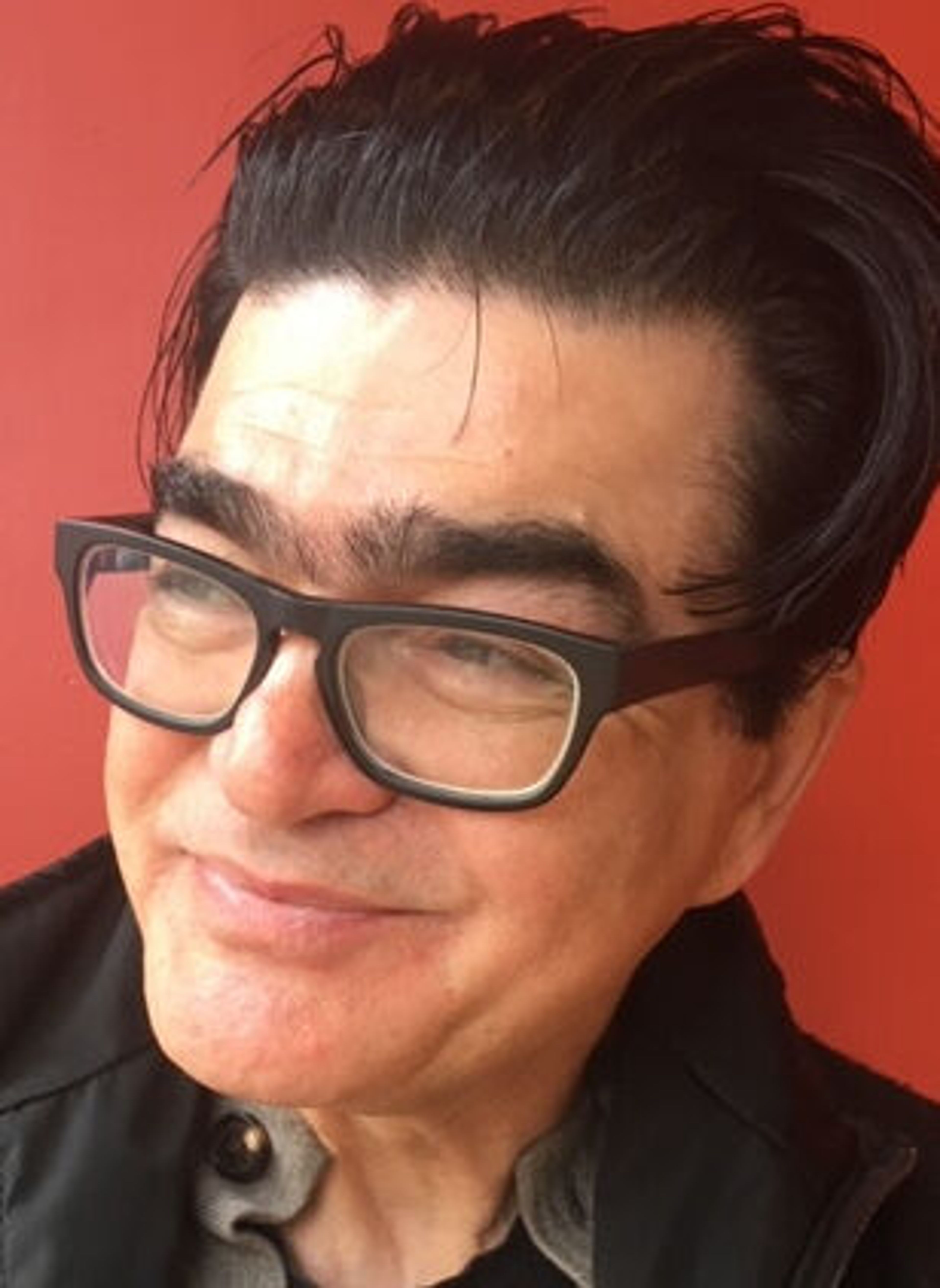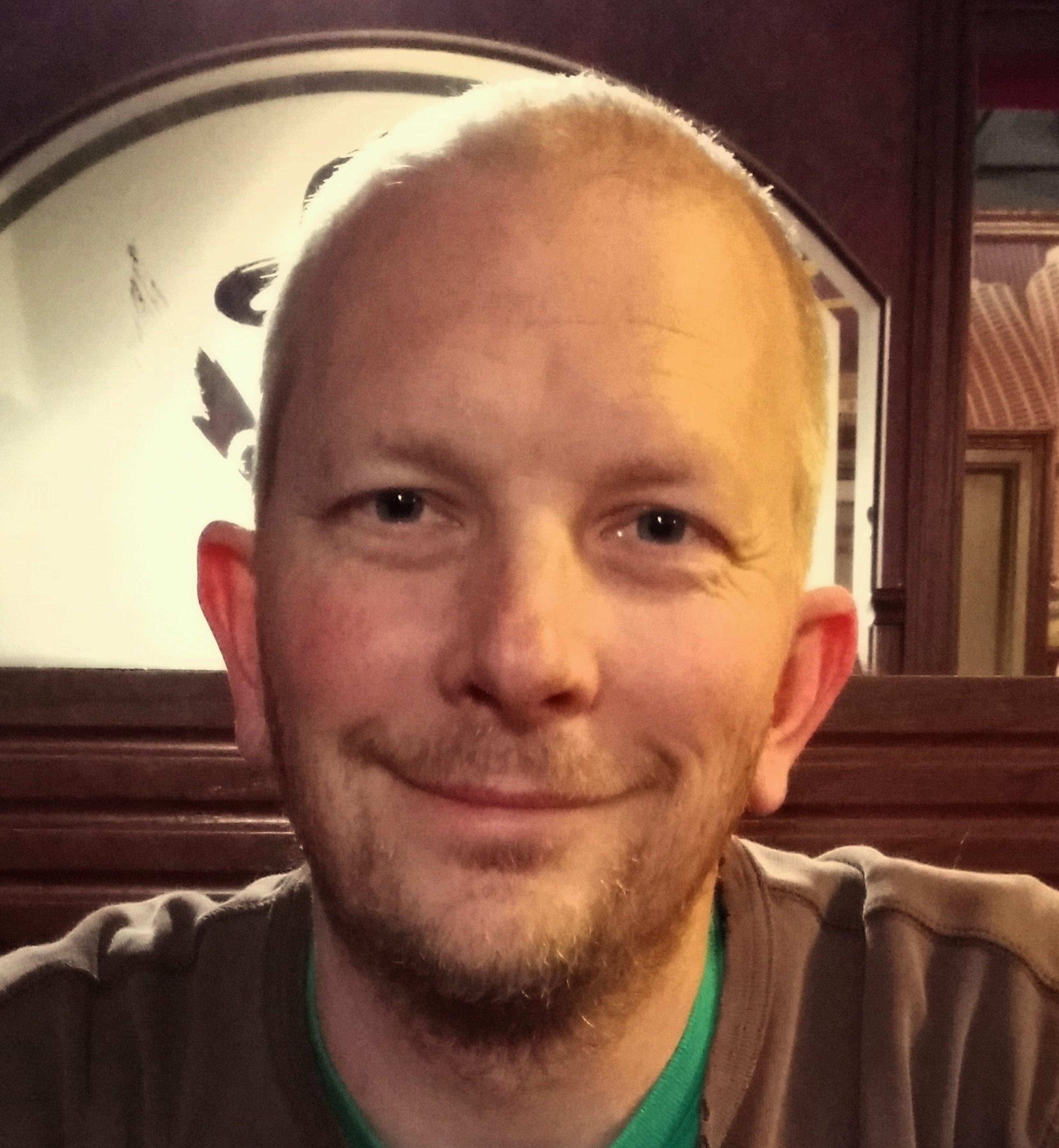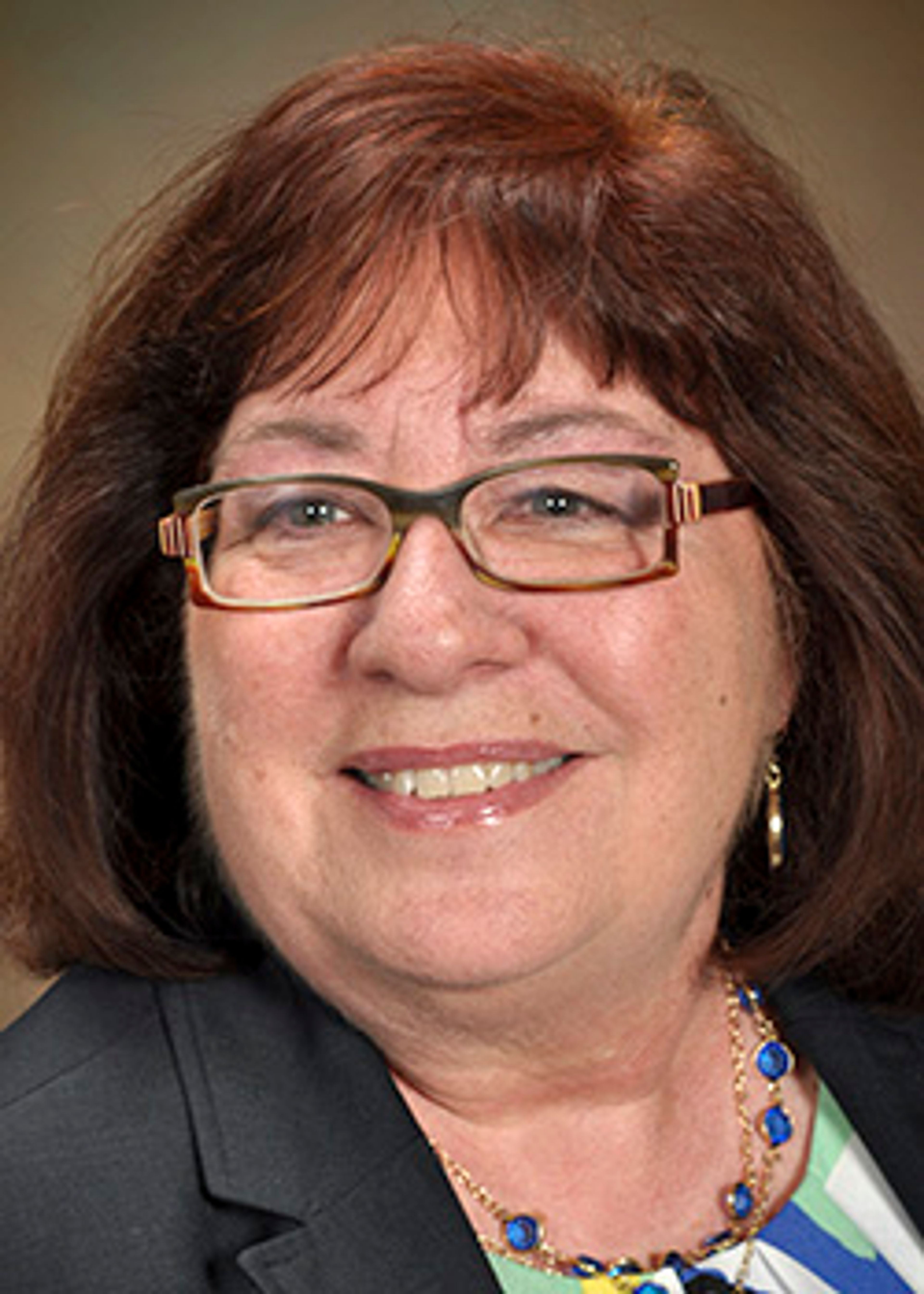As slabs of concrete come up in downtown Pullman, it would be good to take note of those coming down in Gaza. There, the tragedy is difficult to watch, indeed unfathomable. Architecture is in one sense about little more than a pile of bricks and stone accommodating function. But in this case, it is about much more.
By one trusted account, “Israel’s aerial bombing and ground offensive has destroyed over 35 percent of Gaza’s urban infrastructure, systematically wiping out historic neighborhoods, cultural landmarks, medical facilities, educational institutions, and vital systems for sewage, water, and electricity.” Still the destruction wouldn’t be so bad if it had been limited to concrete and glass, but it is not. Streets and sidewalks could always be rebuilt, but people and memory not so much.
“We have even lost the paths to our homes,” says Al Ghoul, a Palestinian resident of Gaza and author and founder of the Shaqaf Cultural Initiative. “We don’t know where our streets or houses or any building that we knew before are.” For years the aim of Israel was not to fight the Palestinians per se, but more importantly eradicate their identity, which since 1917 and World War I, has been formed by the British mandate and the Balfour declaration, paving the way for the geographic presence of the Jewish State. In reality however, the Palestinian identity is much bigger than that, at one time synonymous with the Levant, or “Bilad al Sham,” a region in the Middle East that currently includes Syria, Jordan, Lebanon and Israel.
National identity is the outcome of many different factors, not least customs and rituals, but also language and textual production. In taking shape, it needs tools with which to construct common bonds. Streets, sidewalks, buildings and bridges are central, serving as conduits with which to gather and debate issues of collective unity. To destroy them is to erase the seeds from which belonging sprouts. Suddenly, you could be anywhere and nowhere, in Haifa just as well as in Minot, N. D., to which the Israelis would like nothing better than to send the Palestinian, among other places.
Of the buildings that have been attacked, the great Omari Mosque stands out. A symbol of religious and social unity, this building had for years served as the magnet to which worshipers gravitated to pray and strengthen vows to God and community. “Built on the site of a pagan temple,” tells us one anthropologist, “this fifth-century church became a mosque in A.D. 635.” It had a large courtyard and “served as a daily destination for more than 3,000 worshipers.” Gone, and the community now has to scatter and look for a replacement.
Indeed, since the occupation of Palestine in 1948, Israel has been chipping away at the Palestinian identity. “The Zionist nature of Israel led to crude attempts to acquire a political, historical and cultural legitimacy in Palestine,” tells us the author of “Palestinian Identity and Cultural Heritage.” In an effort “to minimize all memory of the history and existence of the Palestinians on their land,” he continues, “more than 400 towns and villages with their typical Palestinian architectural character were demolished or eradicated.”
Unlike wooden or steel structures, which when attacked bend and twist before finally flattening, concrete structures fracture and collapse in one fell swoop, as slabs akin to tectonic plates that predate human civilization. The Palestinian identity is that old, to take it out you’d have to think geologically and well beyond the last hundred or so years. Indeed, only at that scope could you finally root out the will of the Palestinian to fight. Which of course will never happen.
It is hard for me to watch the wonderful transformation of my town without feeling the pain of the tragic version of another across the world. How do you reconcile the two, I am not sure. I grew up with Palestinians, next door and across the street, and I can tell you that no one has suffered the impact of displacement as much as they have.
Even when welcomed by sympathetic hosts, they have been shoved aside and placed in ghettos. Some of course assimilate well but the majority remain isolated. What a horrible way to live, never sure when you might be asked to leave. What acts of terrorism they have leveled over the years, they are not borne out of some diabolical intrinsic character, as many have labeled it, but the struggle for home. Just like you and I, they too wish for nothing more than to live and thrive by the virtues of self-rule, and not constantly licked by that of another. Please do what you can to support their cause.
Rahmani is a professor of architecture at Washington state university where he teaches courses in design and theory.








